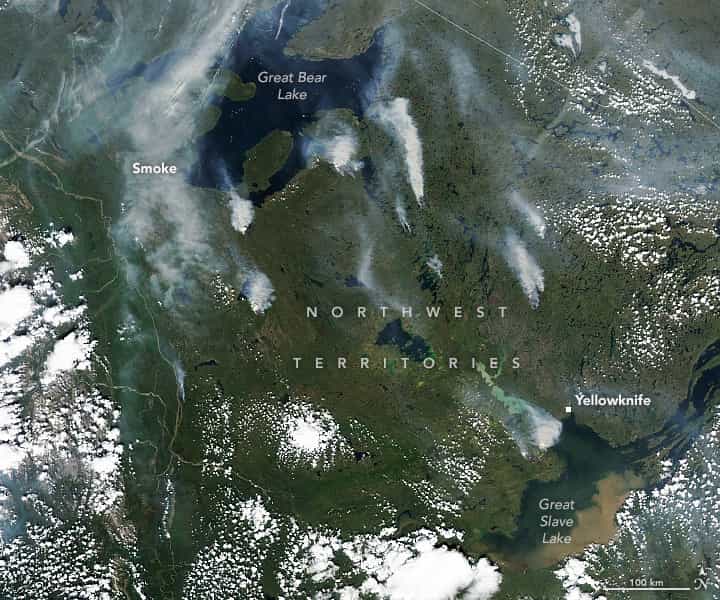
In July 2022, a combination of lightning, dry weather, and unusual heat fueled hundreds of wildland fires in northern Canada. According to the Canadian government, 136 fires were burning in The Yukon and 65 in the Northwest Territories on July 6.
The Moderate Resolution Imaging Spectroradiometer (MODIS) on NASA’s Aqua satellite captured the image above on July 6, 2022. Dense plumes of smoke billowed from several of the largest fires, sometimes sending smoke streaming north toward the Beaufort Sea and Canadian Arctic. Environment Canada has posted heat and air quality warnings for several communities in the Northwest Territories.
The second image, from the Operational Land Imager (OLI) on Landsat 8, is a closer view of fires burning near Great Bear Lake. At least 96 fires have been reported in the Northwest Territories this year, and 131,380 hectares (507 square miles) have burned. Fires in The Yukon have charred another 62,336 hectares.
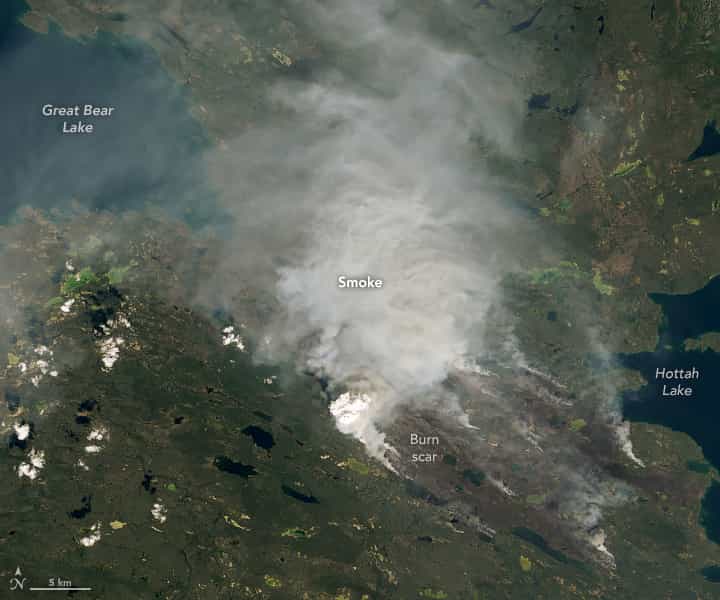
Many parts of The Yukon and Northwest Territories have experienced record-breaking temperatures in recent weeks. The extreme heat dries out vegetation and makes it easier for fires to ignite and burn.
Research also indicates that hot weather has made thunderstorms and lightning more likely in this region. In a study published in 2017, scientists found connections between temperatures, lightning strikes, fire size, and burned areas since 1975. “We expect an increasing number of thunderstorms, and hence fires, across the high latitudes in the coming decades as a result of climate change,” said study co-author Brendan Rogers of the Woodwell Climate Research Center.
Despite notable fire activity in northern Canada, in Alaska, and in the U.S. Southwest, overall emissions from global fire activity have been low in recent months, according to data shared by Mark Parrington, an atmospheric scientist with the European Centre for Medium-Range Weather Forecasts (ECMWF). Parrington tracks fires for the Copernicus Atmosphere Monitoring Service (CAMS) using a satellite-based data record that began in 2003. CAMS estimates near-real-time wildfire emissions using its Global Fire Assimilation System (GFAS), which aggregates observations of fires made by NASA’s Aqua and Terra satellites.
This post first appeared on NASA Earth Observatory. NASA Earth Observatory images by Lauren Dauphin, using Landsat data from the U.S. Geological Survey and MODIS data from NASA EOSDIS LANCE and GIBS/Worldview. Story by Adam Voiland.

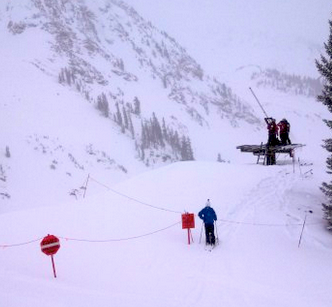
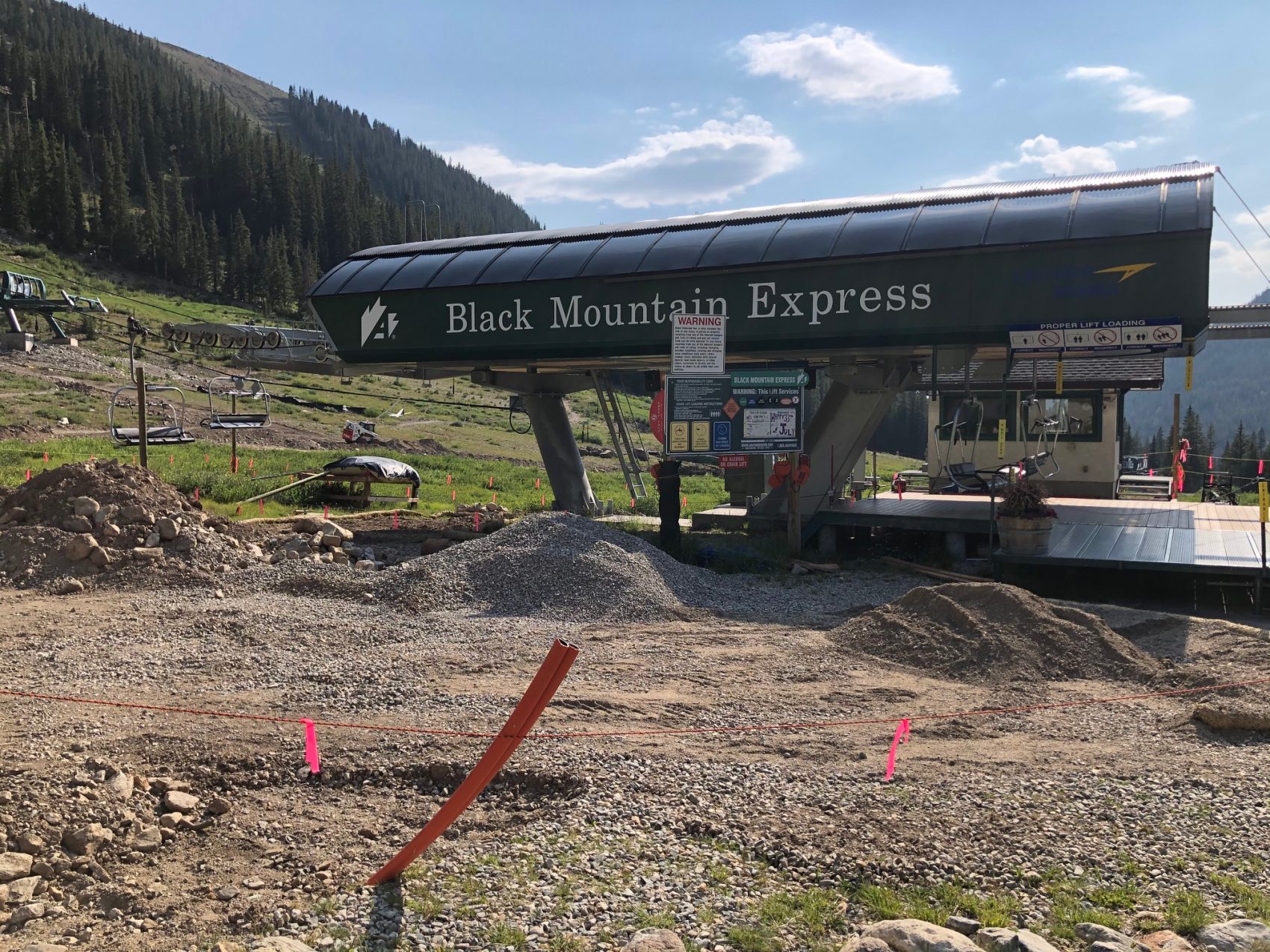

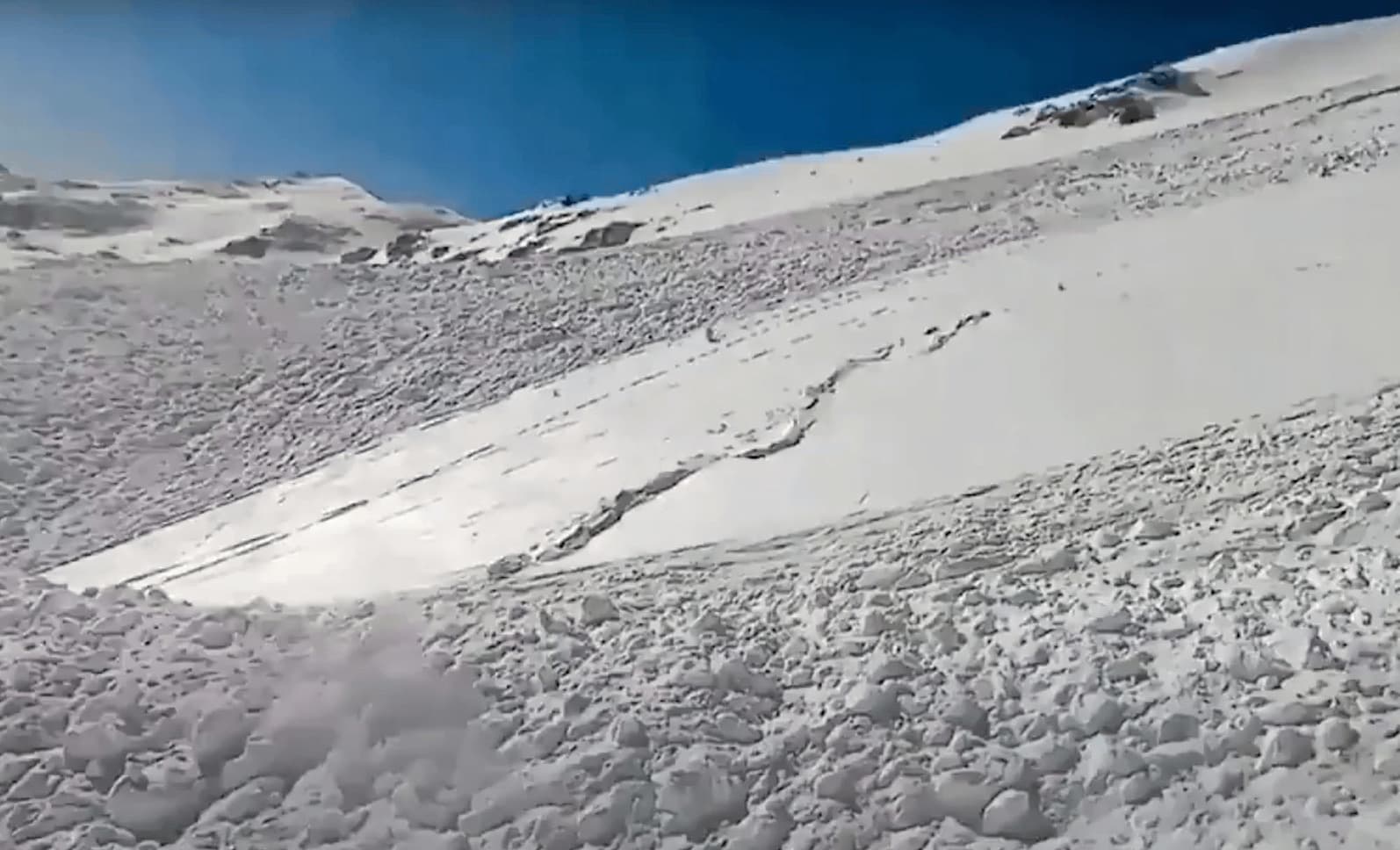
Is Siberia experiencing the same problem with wildfires?